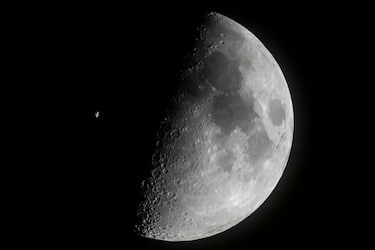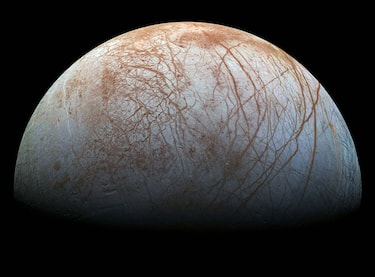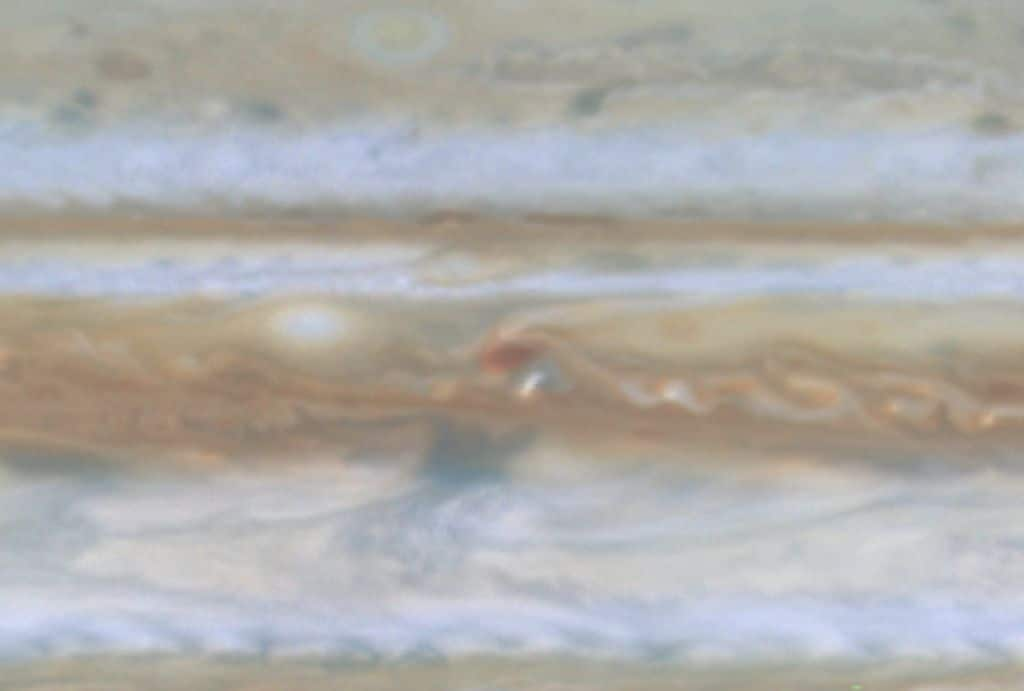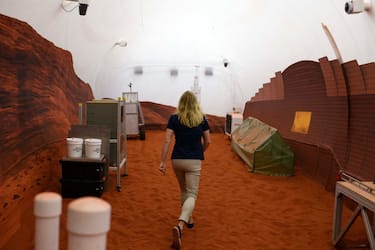Lo ha scoperto uno studio pubblicato sulla rivista Nature Communications e guidato dall'Accademia Ceca delle Scienze di Praga, che ha utilizzato i dati raccolti dalla sonda spaziale Juno della Nasa
Una ricerca pubblicata sulla rivista Nature Communications e guidato dall'Accademia Ceca delle Scienze di Praga ha scoperto che i fulmini di Giove saettano allo stesso ritmo di quelli che vediamo sulla Terra. Nonostante le grandi differenze tra i due pianeti, un gigante gassoso il primo e un piccolo pianeta roccioso il secondo, sembra dunque che alcuni fenomeni temporaleschi che avvengono nell'atmosfera siano simili, avvicinando tra loro questi due 'fratelli' del Sistema Solare. Per lo studio sono stati utilizzati dati raccolti dalla sonda spaziale Juno della Nasa.
Come si crea un fulmine sulla Terra
Sul nostro pianeta, il fulmine è un fenomeno legato all'elettricità presente nell'atmosfera, generato dall'attrazione tra le particelle cariche negativamente che si trovano sulla superficie esterna delle nubi e quelle cariche positivamente presenti nel suolo. Solitamente, dalla nuvola parte un canale che avanza nell'aria verso il basso muovendosi a scatti, con avanzamenti rapidissimi dell'ordine dei 50 metri seguiti da pause di circa 50 microsecondi (un microsecondo è un milionesimo di secondo). Quando questo canale entra in contatto con il suolo fluisce verso terra una elevata corrente, che rende il canale estremamente luminoso.

leggi anche
Bacio brillante fra la Luna e Venere, il fenomeno della luce cinerea
La scoperta sull'innesco dei fulmini su Giove
È noto da tempo che i fulmini si verificano anche su Giove, ma finora i processi coinvolti sono rimasti misteriosi a causa della mancanza di dati. Per colmare questa lacuna, i ricercatori guidati da Ivana Kolmašová hanno analizzato quelli ad alta risoluzione raccolti in cinque anni dalla sonda Juno, che si trova in orbita intorno al gigante gassoso dal 2016 e la cui missione è stata estesa fino al 2025. Hanno così scoperto, grazie ai segnali radio generati da questi fenomeni e captati dagli strumenti a bordo della sonda, che l'innesco dei fulmini su Giove segue uno schema temporale simile a quello che si registra nell'atmosfera terrestre.

vedi anche
Spazio, la sonda Juno ha catturato immagini ravvicinate di Europa


)
)
)
)
)